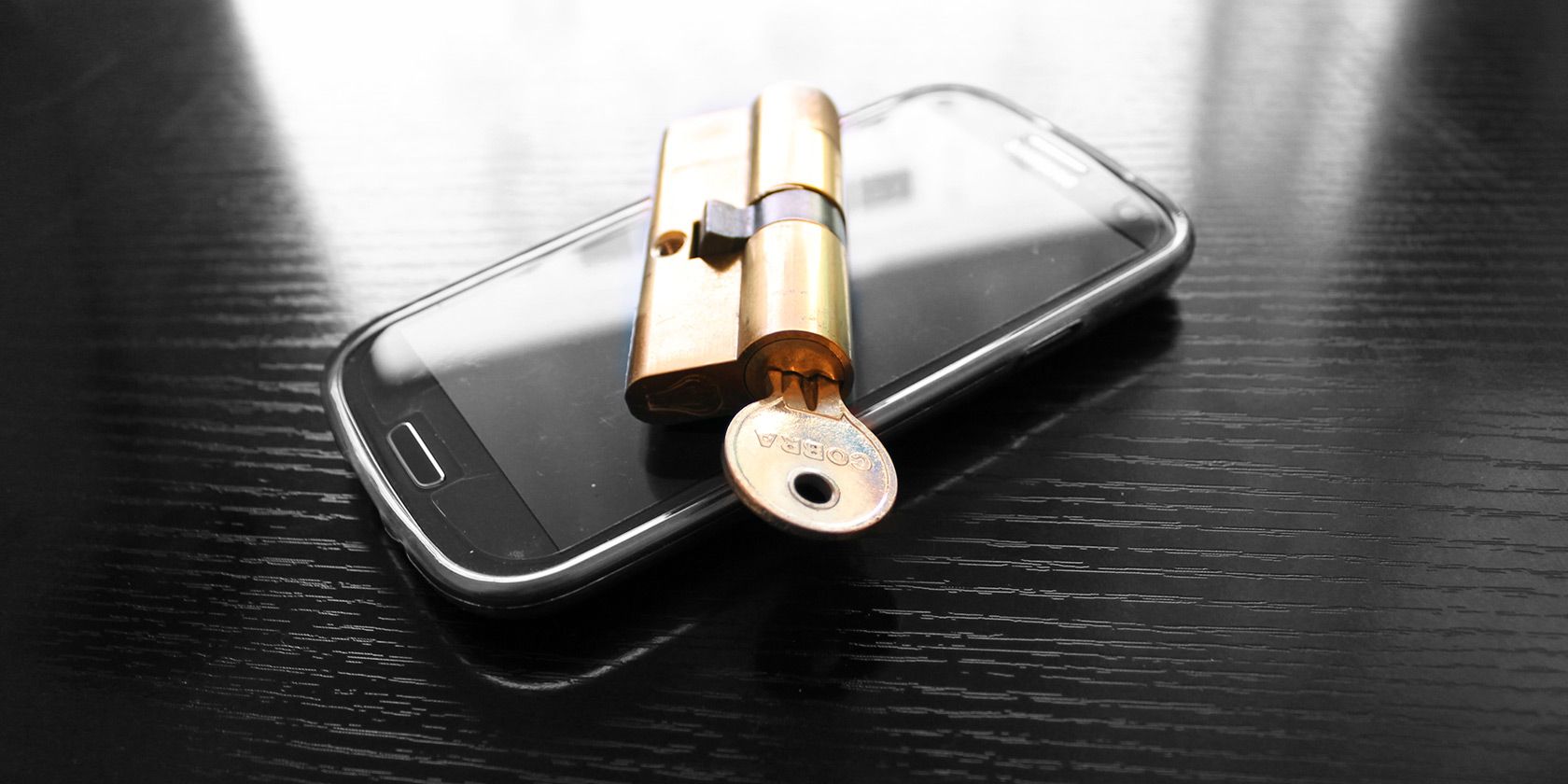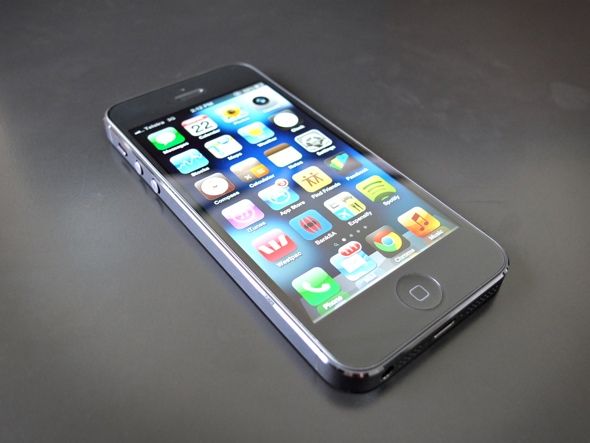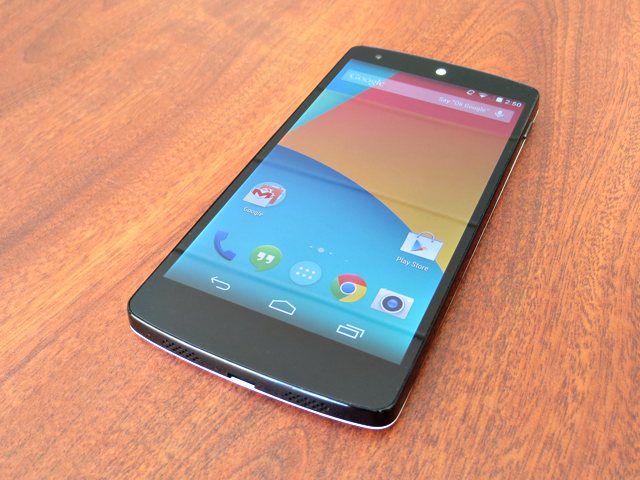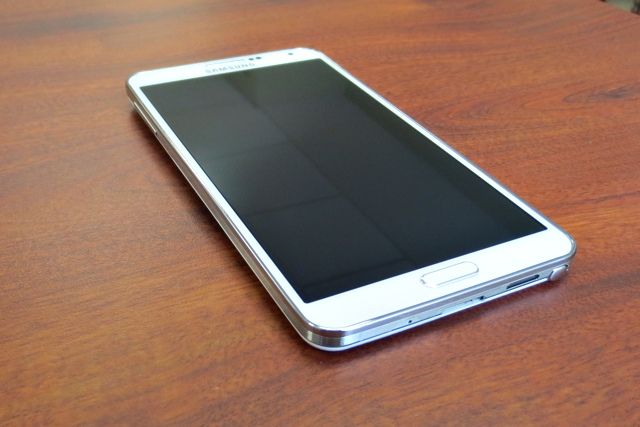Smartphones are extremely capable, but the bloatware from their manufacturers and/or carriers limits them from their full potential. To get the absolute most out of your phone, you need one that can be easily flashed with a custom Android ROM or jailbroken for the case of iOS devices. Not every phone is made equally for these purposes, so you need to make the right choice ahead of time if you ever plan to perform these modifications.
Notes
Before we begin, it's important to know what "unlocking" and "flashing" mean. Unlocking in this article refers to the act of unlocking the Android device's bootloader, and not SIM-unlocking. Unlocking and flashing an Android device allows you to install third-party software, which can even replace the default Android operating system entirely. You can also apply new radios, new firmware, and alternate kernels. You are a lot more flexible when it comes to flashing on Android.
iOS vs. Android
The first choice to make is whether you want to go with iOS or Android. With iOS, you'll be looking at jailbreaking your iPhone. This isn't particularly difficult as there are plenty of people who work to make jailbreaking your iPhone an easy affair, but you'll have a harder time if you like to use the latest version of iOS. Here's why.
If you constantly update to the latest versions of iOS, you may find that the latest updates usually revert or block a jailbreaking opportunity. These updates usually patch or fix vulnerabilities that the jailbreaking community exploits to install a payload on the iPhone in order to jailbreak the device. Once such updates are released, it'll take some time before the jailbreaking community finds another method of jailbreaking the phone.
The benefits of jailbreaking an iPhone primarily include the ability to install Cydia, a software distribution service which gives you access to plenty of apps for your iPhone which aren't on the App Store (amongst other reasons). With these apps, you can unlock your phone as well as make other customization tweaks, including enhancing the user interface, switching default icons, and so on.
Android Phones
If you're not fond of iOS or don't think that jailbreaking an iPhone will give you as much freedom as you're looking for, then I'd recommend that you take a look at Android devices.
Unlocking and flashing an Android phone isn't the same experience on all devices. It's the art of picking the right one that makes all the difference. For example, the Nexus line and the Google Experience phones (mainly the Samsung Galaxy S4 Google Play Edition, and the HTC One Google Play Edition) are fantastic choices are they're the de facto phones meant for developers and general tinkering. These phones already run a vanilla Android OS that only includes code from Google -- there are no manufacturer and carrier addons with these phones. Google makes it easy to unlock, root, and flash the devices and should definitely be considered.
Plus, Nexus phones such as the Nexus 5 pack high quality hardware with a relatively small pricetag. Want to save even more money? Just buy a Nexus 4 and enable LTE on it.
Don't Like A Nexus?
If those phones don't appeal to you for whatever reasons, you can still get a "regular" Android phone from your carrier's local store.
Objectively speaking, Sony and HTC are better choices as they provide guides for unlocking your bootloader directly on their site. All of Sony's phones except the Xperia Z1 are supported, and all HTC phones launched after September 2011 are as well. You can find the Sony guide here and the HTC guide here.
Subjectively, the most popular phones should be easier to unlock and flash than the less popular phones. This is because, as there are more people using the same phone, demand for flashing solutions is greater, as will be the community support. With less popular phones, the opposite is true. This is the only reason why a regular Samsung Galaxy S4 can still be unlocked (with some hassle), despite Samsung's attempts to prevent that.
If you're unsure whether your phone can be unlocked, there's two things you can do:
- Try searching for your device on Google (such as "HTC One") along with "unlock" or "flash". An example search could be "htc one unlock bootloader flash rom". This should give you a good idea of what's out there in terms of possibilities.
- Go to the XDA-Developers Forum. They have subforums for virtually every Android device imaginable. Check to see if your device has a subforum, and look through the "Android Development" category to see if there are many threads with a [ROM] tag in the title. If this is the case, then it appears that people are able to flash ROMs onto that device.
Conclusion
Choose popular phones such as the Samsung Galaxy S4, the Samsung Galaxy Note 2/3 (we have a great review of the Galaxy Note 3 here), the HTC One, any Sony Xperia, or the LG G2. Popular ROMs such as CyanogenMod are virtually guaranteed to support these common devices. Otherwise, use Google or search XDA-Developers so see what results you get.
If flashing alternative software is important for you, I definitely suggest going with a Nexus device. They're made for flashing and come with a pure Android experience, which is exactly what you're looking for. Plus, they pack some enticing hardware that makes them very capable despite their rather cheap prices (at least, this is the case for the Nexus 4/5). Don't forget to check out several great Android ROMs and how to find the perfect one and install it.
Which phone have you found to be the easiest to unlock and flash? What criteria do you think should be changed when picking a smartphone for such purposes? Let us know in the comments!




